What is Passata and How to Make It
You’ve likely seen passata in the supermarket without even realizing it — and you just may have already used it too! Often called tomato purée in the US, passata is simply puréed tomatoes that have been strained (using a food mill) and packaged, typically in a small glass bottle. The best brands contain only tomatoes and just a dash of salt.
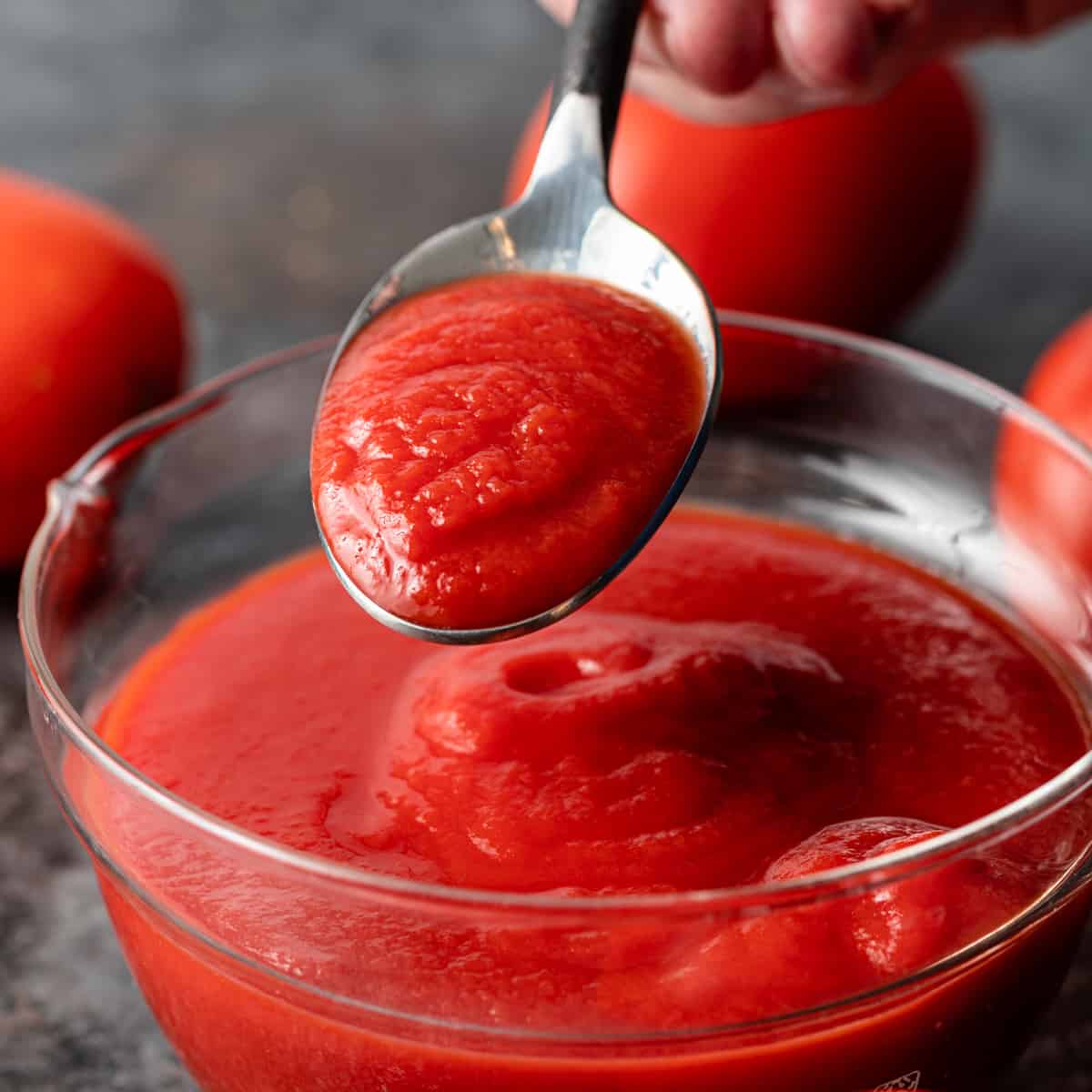
I like using passata in sauces, soups, stews, and homemade pizza sauce. It brings a deep and complex tomato flavor to whatever you add it to, and it’s great for color too. It’s similar to crushed tomatoes and tomato paste, but its texture is smooth, rich, and thick. Passata is a staple in all Italian kitchens!
So, what is passata? It’s a wonderful ingredient that will make any tomato-based sauce or soup much more flavorful.
In this article, I’ll also discuss:
- How to make passata
- Tomato passata substitute ideas
- Ways to use passata
I’ll also share a few of my favorite passata recipes! Let’s get started.
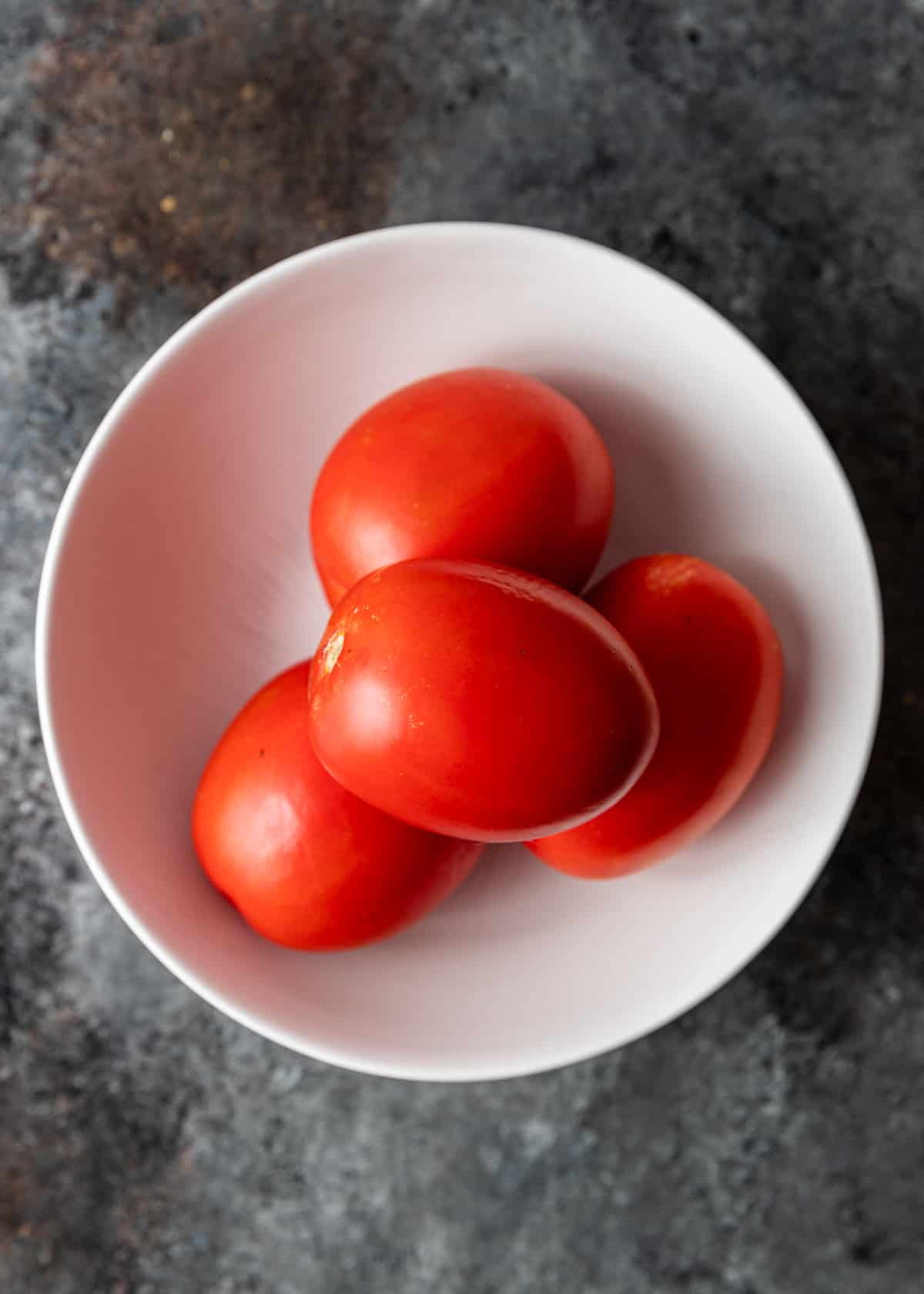
What is Passata and How to Make It
Tomato passata is made from sieved tomatoes. The tomatoes are puréed and then strained (using a food mill) to achieve a smooth and rich texture. You’ll want to take a good look at the ingredients list before you buy — remember, the best passata brands are made with 100% fresh tomatoes and a touch of salt.
As passata is simply crushed tomatoes that have been puréed and strained, you can make it yourself at home. The important thing to note is that the puréed tomatoes must be pressed through a sieve to get the correct consistency and texture.
Once you get a hang of it, making a passata recipe at home is very easy! Start with high-quality tomatoes. You’ll also need a machine specifically made to strain tomatoes. There are a few different options out there, which I outline below!
Different Methods for Cooking Passata
There aren’t that many different ways to make Italian passata, as it is such a simple ingredient. It is important, however, to start with high-quality, very ripe tomatoes. I love San Marzano best, but you can only get them canned in the States (read more about San Marzano tomatoes below).
You can choose to strain them with an electric strainer or a manual one (food mill), depending on the quantities you want to make. Of course, an electric strainer requires a lot less muscle than a manual option.
With an Electric Tomato Strainer (Food Mill)
Step 1: Wash and chop the fresh tomatoes. If making a big batch, opt to use about 4 pounds. Remove the seeds — they contain a lot of excess water. Place the chopped tomatoes in a large pot.
Step 2: Cook the tomatoes, covered, over very low heat, until they break down and are easy to crush. You don’t want to cook them completely!
Step 3: Place the cooked tomatoes into your electric tomato strainer and strain. All strainers are different, so make sure to refer to the user manual for instructions on how to do it.
Step 4: If you find that your passata is too liquidy, you can strain it again with a sieve. Feel free to add a bit of salt or fresh basil before storing it in a glass jar.
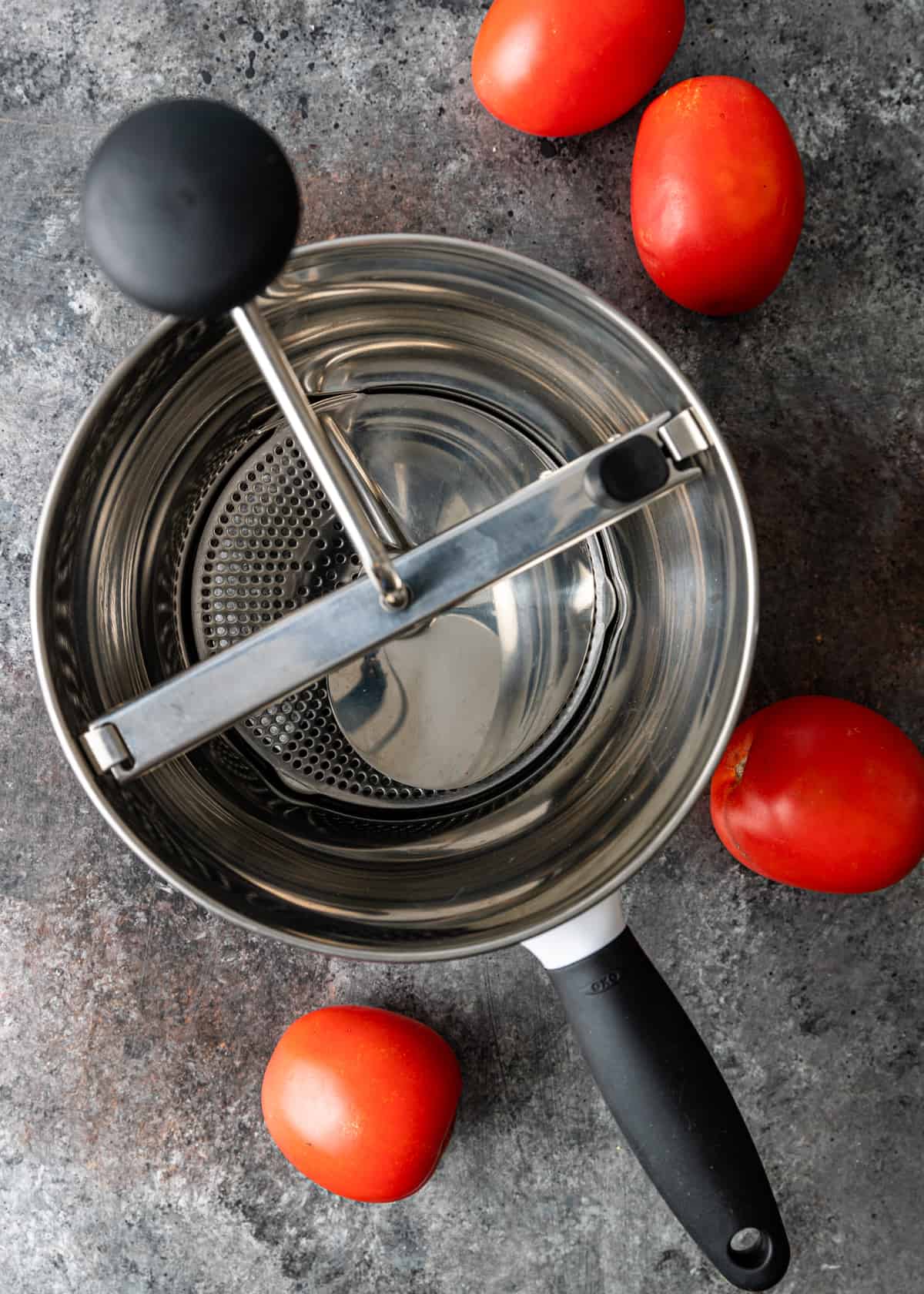
With a Manual Tomato Strainer (Food Mill)
Step 1: Wash and chop the fresh tomatoes. I like using a manual strainer for smaller batches, so feel free to use 1-2 pounds here.
Step 2: Cook the tomatoes, covered, over very low heat, until they break down and are easy to crush. You don’t want to cook them completely!
Step 3: Place the cooked tomatoes into your manual tomato strainer. Most models will clip onto your counter for ease of use.
Step 4: Check the consistency. If the passata is too liquidy, you can use a sieve to strain it again. Add a bit of salt or fresh basil before storing it in a glass jar.
Passata Substitute Options
Don’t have time to make your own passata? No worries! There are a handful of passata substitute options out there to choose from:
- Tomato purée: This is by far the best substitute for passata. It’s practically the same thing and boasts a similarly rich and complex tomato flavor.
- Tomato paste: Thicker than passata, tomato paste can also be used as a substitute. You may have to use a bit less paste than you would passata, as the flavor is much more intense.
- Crushed tomatoes or tomato sauce: If you don’t have tomato purée or paste, you can opt to use crushed tomatoes or tomato sauce. While they don’t have the same thick consistency as passata and may include additives, they will work in a pinch. If used in a sauce, you’ll likely have to allow it to simmer for quite some time to get the same effect as passata or add some tomato paste to assist in thickening it.
Ways to Use Passata — Serving Suggestions
Now you know what passata is, how to make your own passata recipe at home, and the different passata substitute options! With all of this helpful information, the next thing to learn is the ways you can use Italian passata.
- In tomato sauce: Passata is the ultimate shortcut if you don’t have time to let your tomato sauce simmer for hours on end. Its intense and rich tomato flavor will add so much to a quick tomato-based sauce recipe.
- In pizza sauce: The tomato sauce you use for pizza is generally thicker and more flavorful than regular tomato sauce. Use passata to get there!
- In soups & stews: Is there anything better than a hot bowl of hearty tomato soup? Passata will add a level of intense tomato flavor to your favorite tomato-based soups and stews — just like sauces!
5 Great Tomato Passata Recipes
I rounded up a few of my favorite tomato passata recipes!
- Koshari (Egypt’s national dish)
- Mediterranean flatbread pizza (make a quick sauce using passata)
- Rajma chawal (bean curry with rice)
- Moroccan shakshuka (up the tomato flavor with passata)
- Spiced eggplant stew (use passata instead of tomato paste)

San Marzano Tomatoes
Hailed as premiere and prized tomatoes by chefs the world over, this variety of tomato is grown in a specific region of Italy. To be precise, the Agro Sarnese Nocerino in the Sarno River valley near Mount Vesuvius. There the volcanic soil is said to produce sweeter, less acidic tomatoes.
Similar in appearance to a roma (plum) tomato, but thinner and pointed. The flesh of the tomato is much thicker and has fewer seeds, making San Marzano tomatoes less acidic and sweeter than other tomatoes.
How to Identify if San Marzano Tomatoes are Authentic
To be certified as authentic they must be whole or cut in half and packed in cans. If there is any other preparation such as diced, puréed or packed in boxes, I would be skeptical.
The words Pomodoro San Marzano dell’Agro Sarnese Nocerino, which indicates the tomatoes were grown in the designated region, needs to be printed on the packaging.
There should be a star-shaped D.O.P. certification symbol, with the words, Denominazione d’Origine Protteta and an I.D. number. This guarantees they are certified by the D.O.P. consortium as true San Marzano tomatoes.
FAQs
What is Passata Called in the US?
Passata is often called tomato purée in the United States. That said, try to keep your eye out for bottles that are labeled as “passata.” It’s generally more intense than tomato purée, doesn’t include any additives, and is only slightly cooked. You should be able to find passata near the tomato paste in the supermarket.

Can I use canned San Marzano Tomatoes to make Passata?
Yes. Simply drain and process in the strainer (food mill) as mentioned above.
Are Passata and Tomato Purée the Same Thing?
The biggest difference between passata and tomato purée is that puréed tomatoes are typically cooked. Passata is cooked ever so slightly to make it easier to strain the tomatoes. Tomato purée also may include additives.
What is a Good Substitute for Passata?
The best passata substitute is tomato purée. As I mentioned, it is a bit different (less intense tomato flavor and it’s cooked), but puréed tomatoes will work as a replacement for passata.
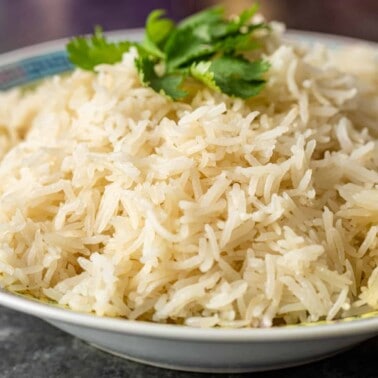
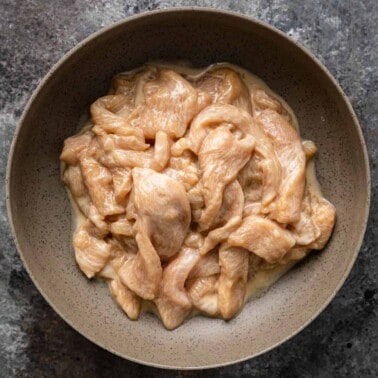
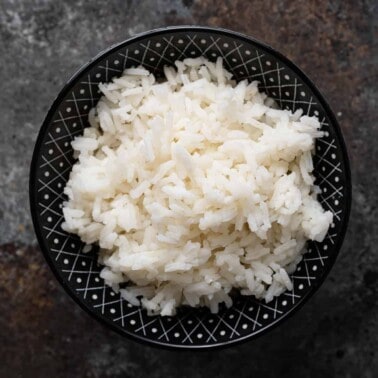
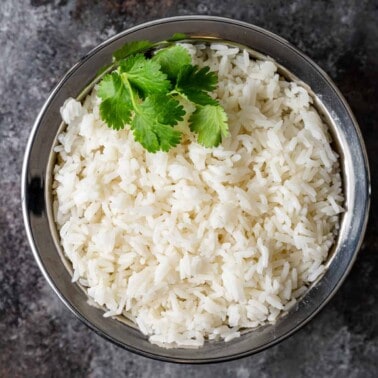








Thank for this good recipe!
Sorry for the late reply as I have been over in Egypt researching new recipes to share here. Thanks for the kind words Miska!
Excellent article. One addition is that in order to make passata, you must use the disc with holes small enough to remove the tomato SEEDS! If the holes on your food mill allow the seeds to pass through that food mill is good for pureeing vegetables, but not for passata. I brought my food mill home from Italy and it has 3 discs and one of them is perfect for passata.
Love your posts, Kevin!
Sorry for the late reply as I have been over in Egypt researching new recipes to share here. Thanks for the input Eileen and thanks for following along. 🙂